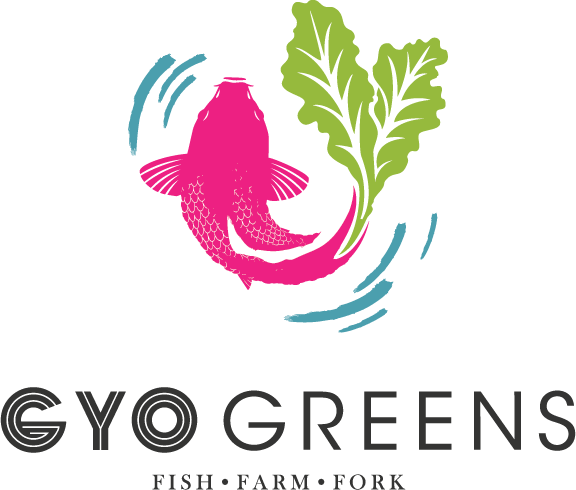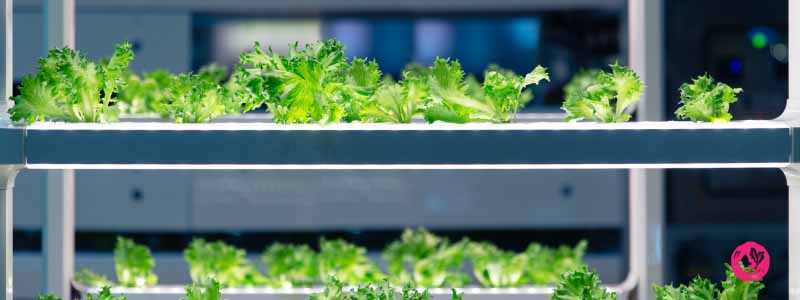Green Dining: How Local Microgreens Are Transforming Sustainable Menus
As we explore innovative ways to enhance our dining experiences, an important trend emerges in the foreground of culinary evolution—sustainability. Microgreens, though tiny, play a monumental role in this shift toward eco-friendly dining. This third entry in our series dives into the transformative impact of locally sourced microgreens on both our menus and the environment, underlining why they are more than just a food trend.
The Local Advantage
Supporting Local Farmers
Choosing to source microgreens from local farms like GYO Greens not only bolsters the local economy but also strengthens community ties. This support helps small farms thrive, allowing them to continue using and refining sustainable farming practices that benefit both the land and the local economy.
Freshness and Flavor
Local sourcing guarantees a product that hasn’t languished in transit, which is often the fate of many store-bought vegetables. Microgreens harvested at their peak ensure the crispest textures and the boldest flavors make it onto your plate, enhancing the overall quality and taste of the dishes they grace.
Environmental Benefits
Reduced Carbon Footprint
Transporting food over long distances consumes considerable fossil fuels, emitting significant levels of carbon dioxide into our atmosphere. Local microgreens travel minimal distances to reach your kitchen, substantially reducing their carbon footprint—a cornerstone for any restaurant branding itself as environmentally conscious.
Sustainable Farming Practices
Local microgreen cultivators often employ sustainable techniques that include organic practices, reduced pesticide use, and lower water consumption. These methods not only preserve local biodiversity but also ensure that the food is as healthy and natural as possible.
Menu Innovations with Local Microgreens
Seasonal Specials
Incorporating seasonal microgreens can refresh the menu regularly, piquing customer interest and inviting them to return to try new, innovative dishes. This practice showcases the diversity of what local agriculture has to offer and aligns your menu with the natural growing seasons.
Farm-to-Table Events
Organize events that feature a special menu highlighting dishes made with microgreens and other locally sourced ingredients. These events can educate diners about the benefits of sustainable eating and demonstrate your restaurant’s commitment to environmental stewardship.
Marketing the Green Menu
Educating Customers
Use your platform to inform patrons about the environmental and health benefits of consuming locally sourced microgreens. Detailed descriptions on the menu, informative brochures, or interactive digital content can help communicate the value of sustainable dining choices.
Branding and Promotion
Promoting your restaurant as a champion of local sourcing and sustainability can significantly attract diners who value environmental responsibility. Highlighting your use of local microgreens and other local produce in your marketing materials can serve as a unique selling point that differentiates your restaurant from competitors.
Conclusion
Embracing local microgreens is not just about adding novelty to your menu—it’s about contributing to a larger movement towards sustainability and thoughtful consumption. Restaurants have a unique opportunity to lead by example, showing how responsible choices can go hand in hand with culinary excellence. By integrating local microgreens, you offer diners not just a meal, but a meaningful experience that supports both the local community and the planet.

